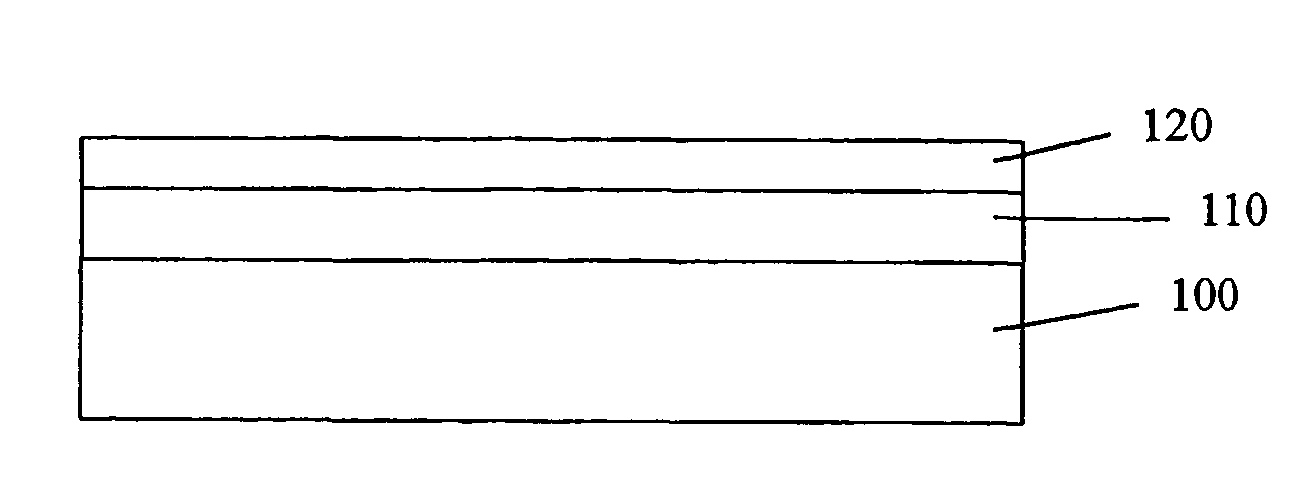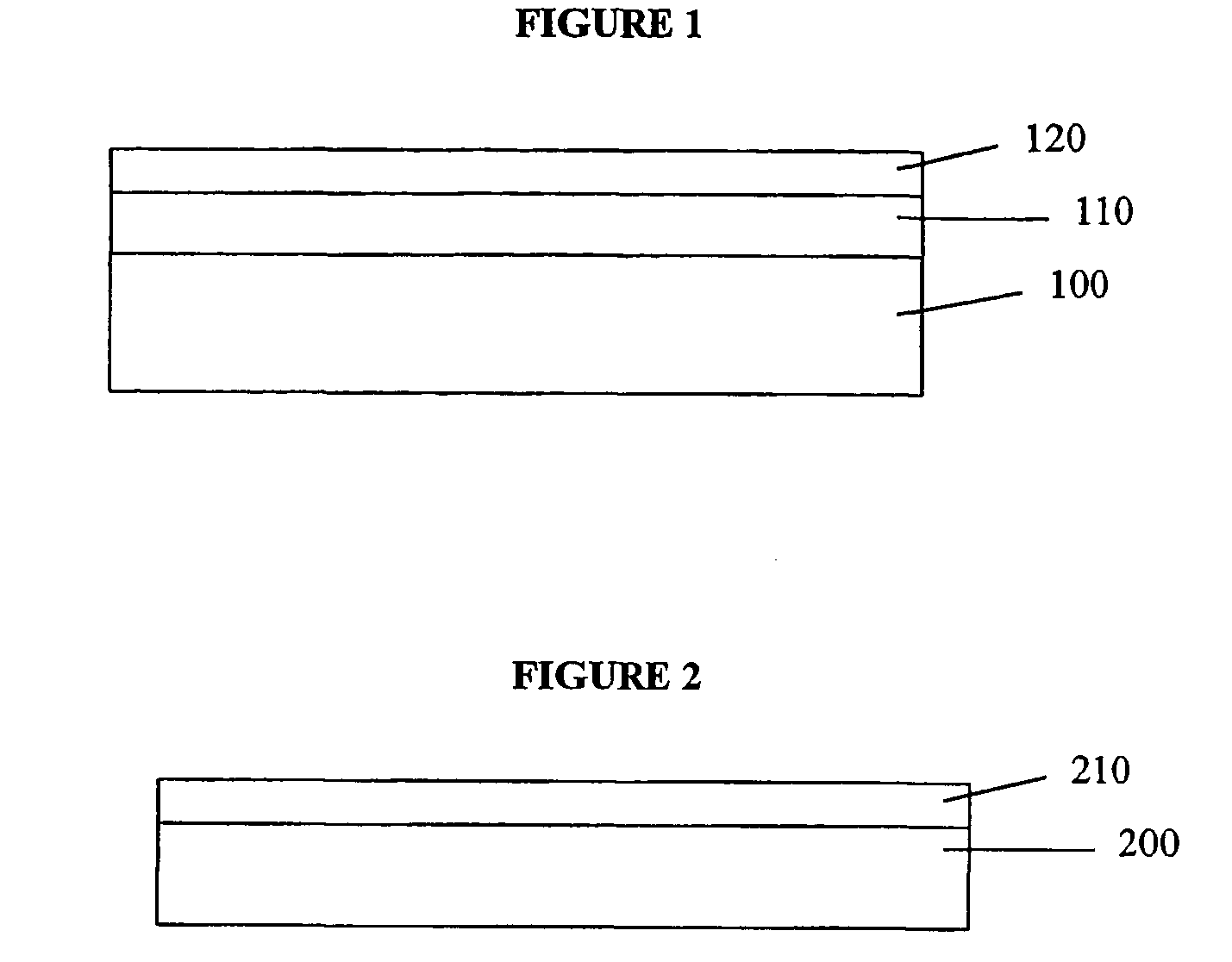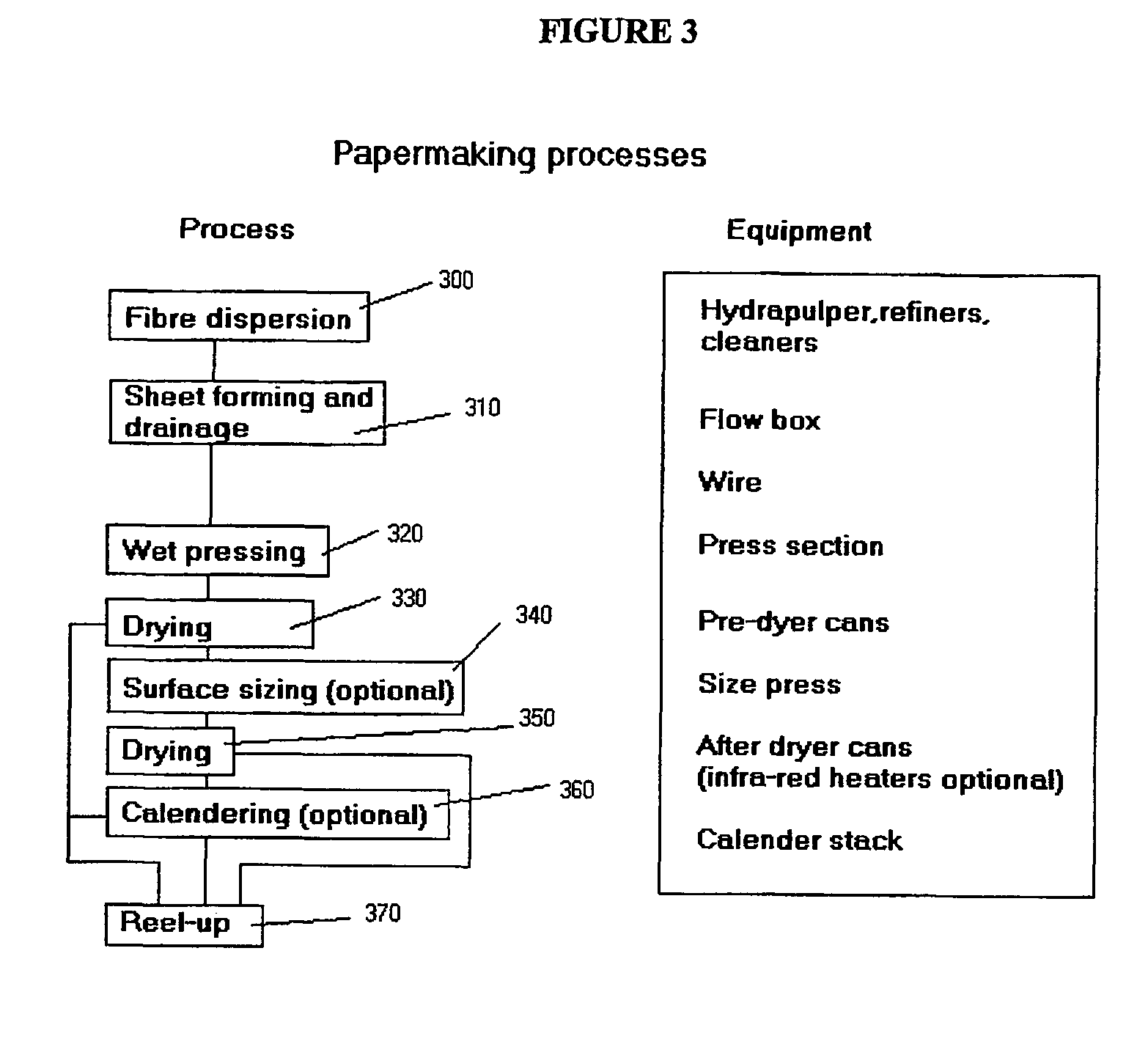Process for coating paper, paperboard, and molded fiber with a water-dispersible polyester polymer
a polyester polymer and polyester technology, applied in the field of coating polymer impregnated paperboard, can solve the problems of paper unrecyclable, paperboard unrecyclable, high cost of wax coating process, etc., and achieve the effects of increasing the sizing and/or strength, increasing the consumer's enjoyment, and improving the quality of the paper
- Summary
- Abstract
- Description
- Claims
- Application Information
AI Technical Summary
Benefits of technology
Problems solved by technology
Method used
Image
Examples
Embodiment Construction
[0028]The preferred embodiments relate to paper, including paperboard, molded fiber and other fiber-containing materials, comprising hydroxy-phenoxyether polymer and polyester and methods of making such paper. The term “paper,” as used herein, is a broad term and is used in its ordinary sense to include, without limitation, all manner of processed or molded cellulosic materials and thus includes all types of paper products produced from a cellulosic pulp slurry, including without limitation intermediate paper fiber products, finished products such as thin sheets of paper used for documents, books, newspapers, magazines and the like and heavier grades of paper such as cardboard, multi-ply paper, paper laminates, coated paper, corrugated paper, molded paper, and paper used for packaging, shipping containers and the like, without limitation. The term “pulp slurry,” as used herein, is a broad term and is used in its ordinary sense to include, without limitation, an aqueous slurry contai...
PUM
| Property | Measurement | Unit |
|---|---|---|
| Temperature | aaaaa | aaaaa |
| Fraction | aaaaa | aaaaa |
| Fraction | aaaaa | aaaaa |
Abstract
Description
Claims
Application Information
 Login to View More
Login to View More - R&D
- Intellectual Property
- Life Sciences
- Materials
- Tech Scout
- Unparalleled Data Quality
- Higher Quality Content
- 60% Fewer Hallucinations
Browse by: Latest US Patents, China's latest patents, Technical Efficacy Thesaurus, Application Domain, Technology Topic, Popular Technical Reports.
© 2025 PatSnap. All rights reserved.Legal|Privacy policy|Modern Slavery Act Transparency Statement|Sitemap|About US| Contact US: help@patsnap.com



